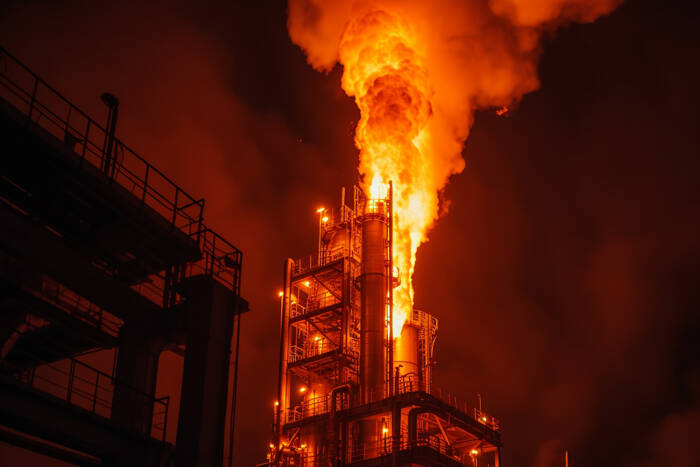Friday’s rally was driven by updated forecasts from Xweather, which project above-normal temperatures in the eastern half of the U.S. through May 18. That’s boosting expectations for higher electricity demand tied to air conditioning. While recent weeks were dominated by mild spring weather—keeping residential and commercial demand soft—the shift toward hotter temperatures may finally provide the support bulls have been waiting for.
Is Supply Still Outpacing Demand Growth?
Dry gas production remains robust, hitting 105.4 Bcf/d on Friday, up 5.1% year-over-year. Meanwhile, total gas demand slipped to 66.0 Bcf/d, down 6.4% from the prior year. LNG exports are helping absorb some of the excess, rising to 15.3 Bcf/d, up 4.0% week-over-week. But without stronger domestic consumption, the oversupply narrative continues to weigh. The rig count held steady at 101, indicating producers are not aggressively expanding output, but current volumes remain high by historical standards.
Did Storage Data Deliver a Bearish Blow?
Thursday’s EIA report confirmed a 104 Bcf injection for the week ended May 2—larger than the five-year average of 79 Bcf and just above consensus estimates. U.S. inventories now sit 1.4% above the five-year norm, though still 16.5% below year-ago levels. The build reinforced bearish pressure midweek, briefly halting the rally before forecasts of warmer weather reversed sentiment. Notably, European storage remains lower than usual at 41% full, but spillover effects into U.S. pricing have been minimal.
Short-Term Outlook: Cautiously Bullish with Weather-Driven Upside Risk
With hotter forecasts and improving LNG flows providing tailwinds, the short-term outlook leans bullish. But traders should remain cautious—weather is the wildcard, and without sustained heat or a supply shock, resistance levels could continue to cap gains.
